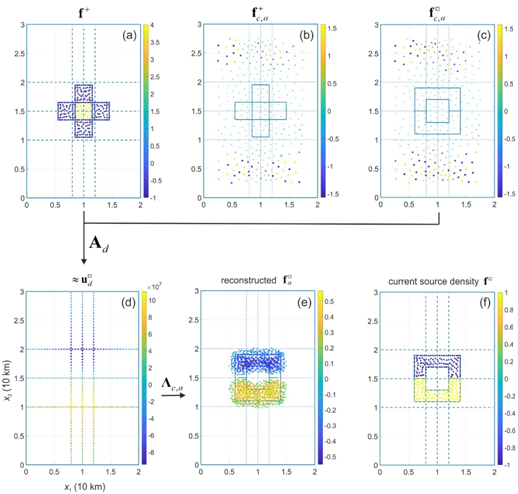Cloaking (or “camouflage”) and illusion have long appeared in literature for children and science fiction. The “Star Trek” movies used cloaked (invisible to the enemy) spaceships (as presented in the cartoon in Fig. 1). In Charles Perrault’s Cat in Boots, a clever cat asks an ogre to turn into a little mouse and the ogre turns creating an illusion.

Scientific attempts have been made to construct such ” camouflages” and illusory images. In the last few decades, cloaking and illusion have been demonstrated theoretically and experimentally in several fields of knowledge, such as acoustics, wave propagation, thermodynamics and electromagnetism. An article in Scientific Reports (Nature Portfolio, 2021) presents a new theoretical approach to cloaking and illusion in electrostatics based on the use of inverse problem theory.
For the first time, German and Russian scientists have presented an active external cloaking device in electrostatics, using the superposition principle to mask electric potentials. This device uses an additional current source pattern introduced at the interface (e.g., the bottom of the ocean) between two domains (e.g., the underground, where the source is located, and the ocean, where the source’s signal is measured) to cloak the total electric potential. In addition, they have introduced an active external illusion device that allows the detection of a signal corresponding to some arbitrarily selected current source instead of an existing current source. The characteristics of the masking and illusion devices are demonstrated by three-dimensional models and numerical experiments using synthetic electrical potential measurements (see Fig. 2). “The developed methodology for solving inverse problems for detection of an object, its active cloaking and illusion can be used in near-surface geophysics and geological exploration, volcanology, electrical engineering, biological and other natural sciences,” comments a co-author of the paper Dr. Alik Ismail-Zadeh, Chief Scientist of the Institute.

Source: Helfrich-Schkabarenko, A., Ismail-Zadeh, A. & Sommer, A. Active cloaking and illusion of electric potentials in electrostatics // Scientific Reports. 2021. 11. 10651. DOI: 10.1038/s41598-021-89062-1

